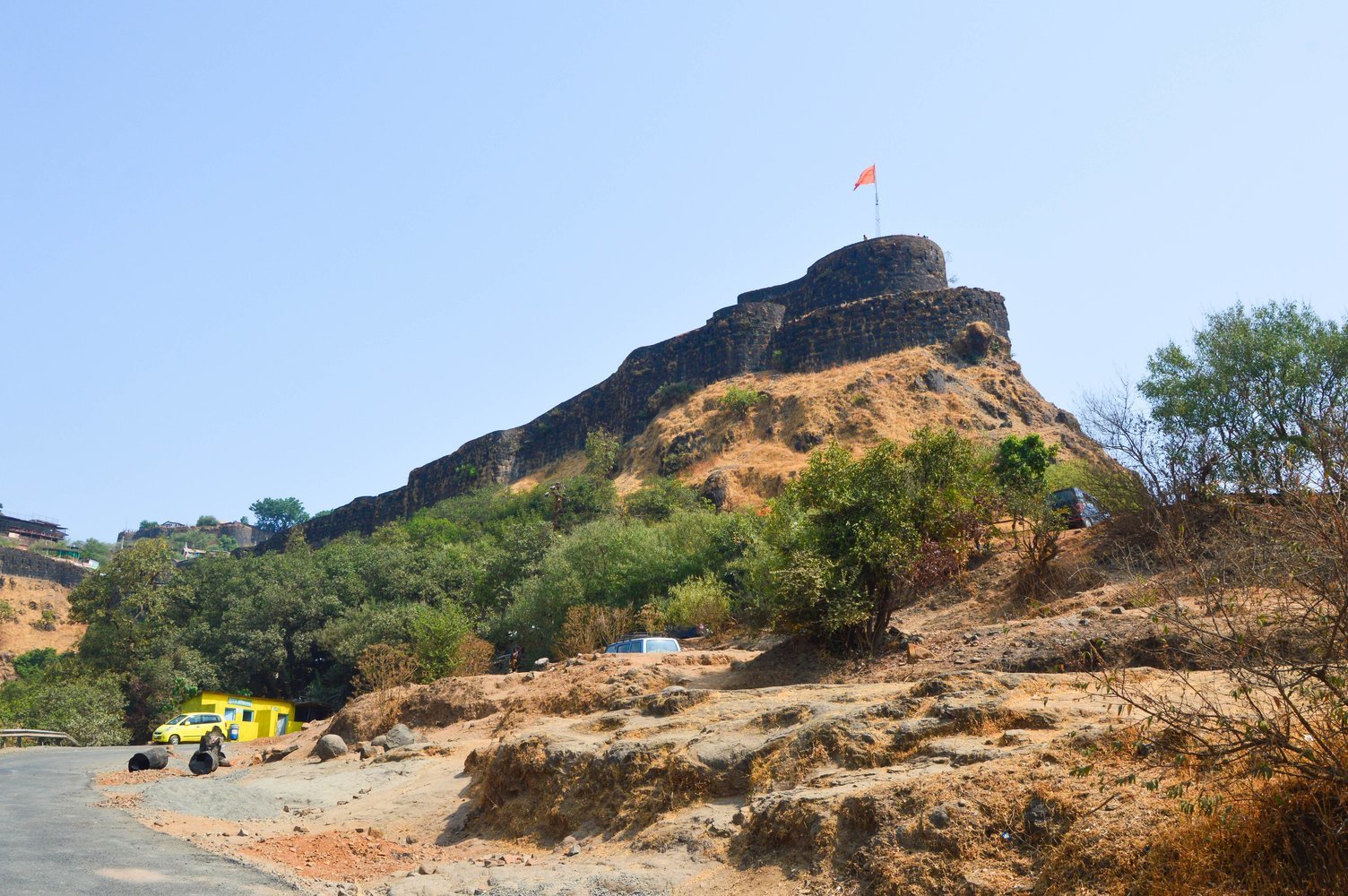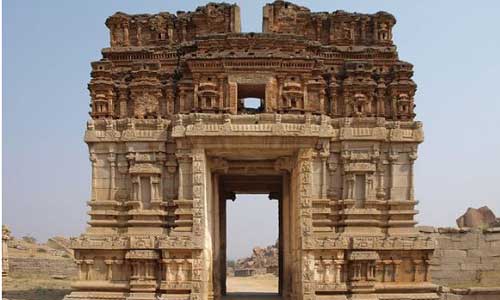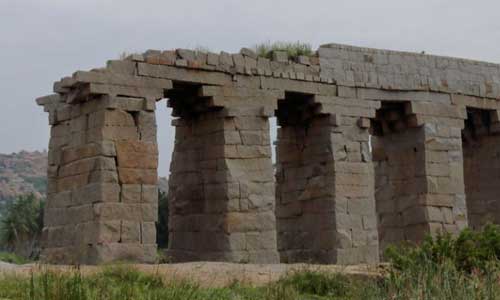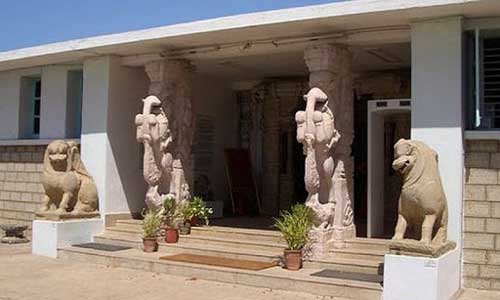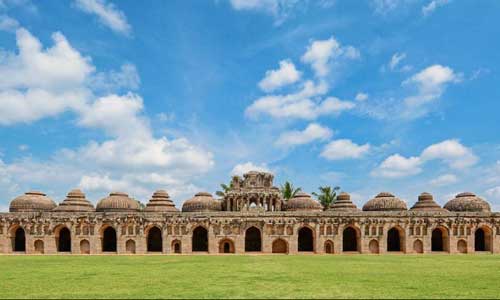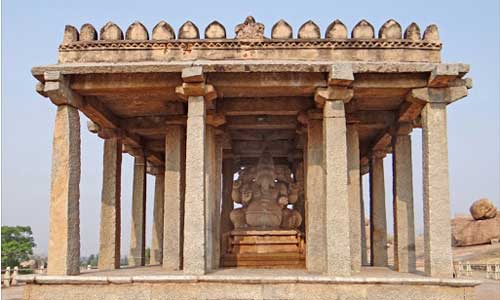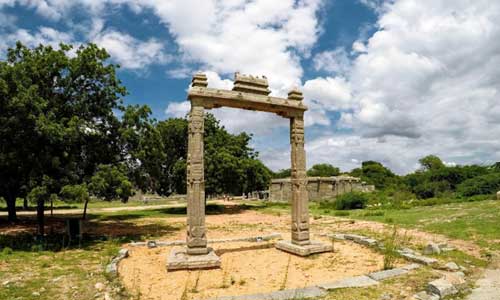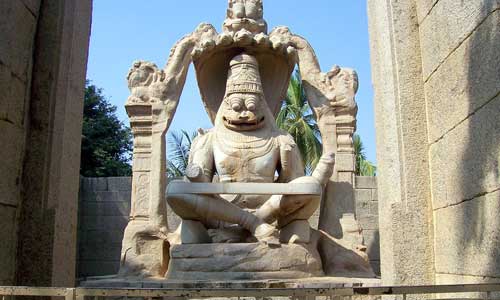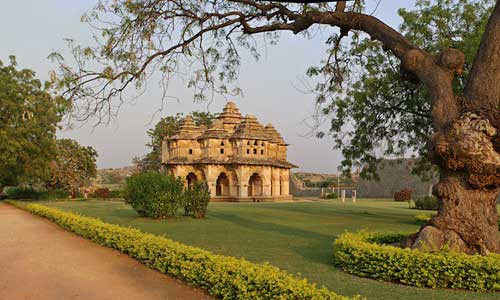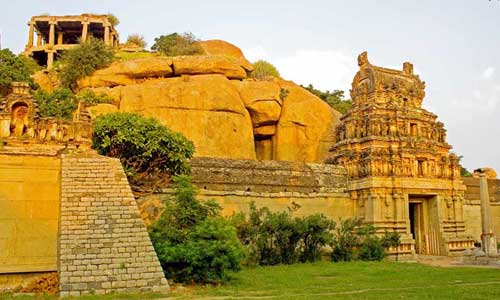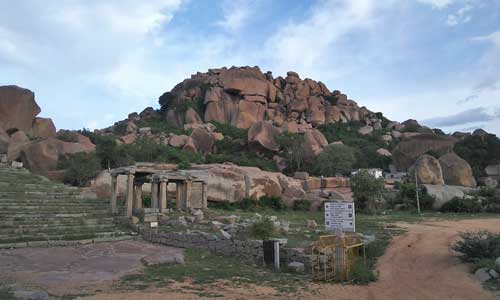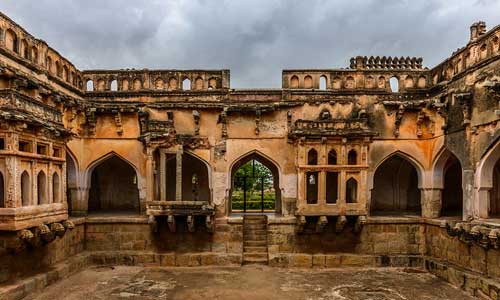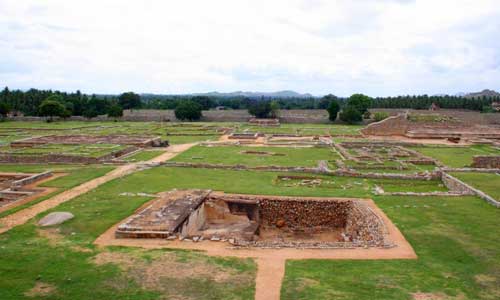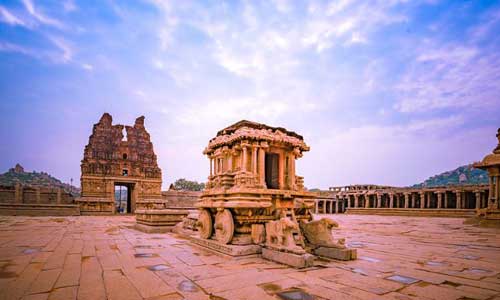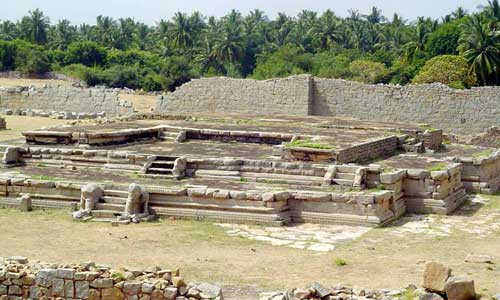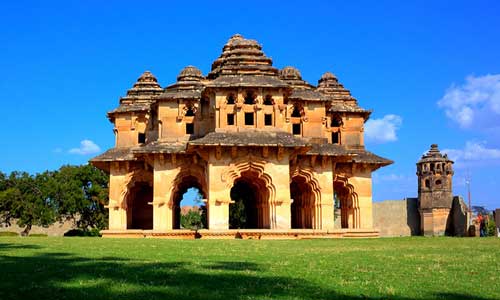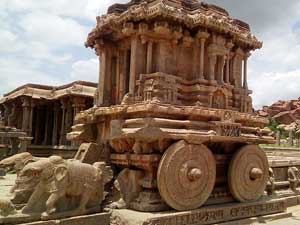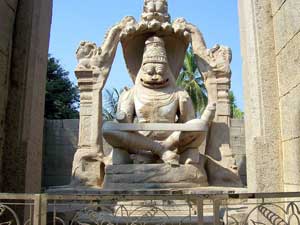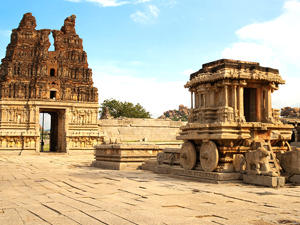Overview of Mahanavami Dibba
The Mahanavami Dibba is one of the stunning structures in Royal Enclosure in Hampi. This structure definitely steals away the limelight in whole massive for the complex. King Krishnadevarayabuild this alluring stone platform to celebrate his victory over the Udaygiri Kingdom. This specimen is an extraordinary example of the Vijayanagar architectural period. Mahanavami Dibba is one of the best places to visit in your Hampi tour package.
This was the venue where the Kings of the Vijayanagar celebrated their gala annual festival of Dasara (or now known as Dusshera). But after the destruction, the MahanaviDibba is under the extensive care of Government and UNESCO to preserve the wall's sculptures of the structure.
History of Mahanavami Dibba
Mahanavami Dibba is 12 meters tall and it was built by King Krishnadevaraya to clutch his victory over Udaygiri in 1513 AD. According to the reports of the historians, in 14th Century AD, the first ruling dynasty of the Vijayanagar Empire was the Sagamas. Although the Kingdom saw the apex of its reign under King Krishnadevaraya, the destruction of this place was led by the Deccan Sultanates.
The pages of the Vijayanagar Era are painted on the interior walls of the Dibba. It includes scenes and moments of hunting games, horses, dancers, caravans, and several other royal cultures of the ancient era. It’s one of the most educative spots about the Vijayanagar Era in Hampi tourism.
Meaning of Mahanavami Dibba
The Mahanavami Dibba resonates its meaning even though the ruins walls of the 3-tiered platforms. This place speaks loudly the significance of its existence even today. The damaged carvings tell the story how it justified its title, “The House of Victory”. The alternative name of Mahanavami Dibba is called as Dasara Dibba. Evidently, the name is derived from the famous festival that Kings used to celebrate every year.
During the nine-day scheduled celebration of Navaratri, the King used to witness the grandeur presentation of bow and arrow competition, army march pasts, wrestling, sword games, musical performances, aquatic sports, shows of trained animals, and other significantly Dasara festival merriments. The ruins describe the royalty of Vijayanagar's reign and one of the compulsory places to visit in Hampi.


